
Posted by
Shay Harel
UPDATE:
Google has just announced the rollout of the mobile-first index. The changes to the SERP that I describe below can now be used to intricately follow the underpinnings of how Google prepped for and subsequently released the mobile-first index. Meaning, and in accordance with our prediction of an impending roll-out, you can see a timeline of the changes Google made in order get to this point. More, you can see what specific steps Google took to actually roll out the mobile-first index.
We’ve noticed some big changes to the HTML structure of the mobile SERP over the last few days. Admittingly, this is not the first time we’ve seen structural changes to the mobile SERP. Thing is, the last time we did, Google announced that they were significantly testing the mobile-first index. Add on that for the first time in years the structure of the desktop SERP has changed and you have quite the case for asserting that, indeed, the mobile-first index is quite near, in fact, we feel it is imminent.

The History of the SERP’s Structure Points to Mobile-First Implementation
In order for me to adequately explain why we think there is a very good chance that the mobile-first index is close to a full-on rollout (if it hasn’t been rolled out already), I need to go through a bit of the history of the SERP’s structure. In doing so, you’ll start to see why what occurred around March 15th (beware of the ides of March) was so significant and entirely unprecedented.
Version 1 of the Mobile SERP: 2016 to Fall 2017
Jump back four years in time. Back then Google had a unique SERP structure for different mobile devices (i.e., I’m not talking about

Version 2 and the Initial Release of the Mobile-First Index: Fall 2017 – March 2018
On October 4th of 2017, Barry Schwartz of SERoundtable reported that Google was testing the mobile-first index. This came as Googler John Mueller indicated as much in a Google Webmaster Hangout. At the same time, we reported that Google had changed the structure and classifiers of the mobile SERP. Our initial speculation, that is before Google made their announcement, was that the change signified the limited release of the mobile-first index.
In specific, circa October 1, 2017, we began noticing a new structure for the mobile SERP with new classifiers as well. In fact, the previous structure of the mobile SERP did not have a “clear” set of classifiers. This new version, what we called Version 2, did. We began seeing a pattern where the classifiers were presented as three characters with an underscore prefix (i.e., _xYz, etc.).
At the time, anywhere from 10% – 20% of the mobile SERPs were, in fact, this second version. Now, combine the very introduction of a new mobile SERP version being shown just as Google announces a limited mobile-first roll-out with the fact that the new version was also quite limited and you have something that goes beyond coincidence.
Version 3 and the Case for Declaring the Mobile-First Index Released
Now we get to what we all came here for, the basis of the argument that says… Google has released the mobile-first index.
Shortly after 2018 rang in, we noticed another change to the mobile SERP’s classifiers. (Here though, the structure remained exactly the same.) Instead of an underscore followed by three characters, the new classifiers presented a six character construct (i.e.,
That all changed around March 15th.
On (or around) March 15th someone at Google pushed the button and gone completely were versions 1 and 2 of the mobile SERP. Google replaced these versions with the six character classifier format discussed above. This is what we are now calling Version 3. Version 3 has the same structure as Version 2, but as indicated, a totally different format for its classifiers.
The Evolution of the Mobile-First Index
Version 3 is now the only version we see on the mobile SERP, and its rollout was global. In keeping with the structure of Version 2 (which coincided with the initial release of the mobile-first index), it would appear that Version 3 (where only the classifiers changed) may be the evolution of the mobile-first index itself. Which of course sets the stage for its implementation.
The Kicker – The Structure of the SERP on Desktop
Throughout this “History of the SERP’s Structure” I have purposefully avoided discussing desktop. Now, however, is the time to do so.
The structure and classifiers of the desktop SERP have not changed in four years.
Can you guess when they changed finally? That’s correct, circa March 15th.
Can you guess what the structure and classifiers of the desktop SERP changed to? That’s correct, Version 3 of the mobile SERP.
So aside from the correlation between new versions of the mobile SERP and the rolling out of the mobile-first index (as had occurred in October 2017), we now, for the first time in four years get a change to the underpinnings of the desktop SERP. Of course, what change does the desktop SERP get? It gets the same change that the mobile SERP received to its underpinnings.
I will ask the question again for effect
SERP Features – The Final Support?
There is one last piece to this puzzle, and that is SERP features. Our desktop and mobile SERP feature tools pick up the on the classifiers Google uses within its features. Thus, when Google changes these classifiers, we notice. Back in October of 2017, when between 10 and 20 percent of mobile SERPs existed as Version 2, we saw a few “blips on our SERP feature tracking radar.”
With the full-on release of Version 3, our trackers registered what would be a 9 on the Richter scale, and not just on mobile, but this time, on desktop as well.
Desktop Features:
Knowledge Panel
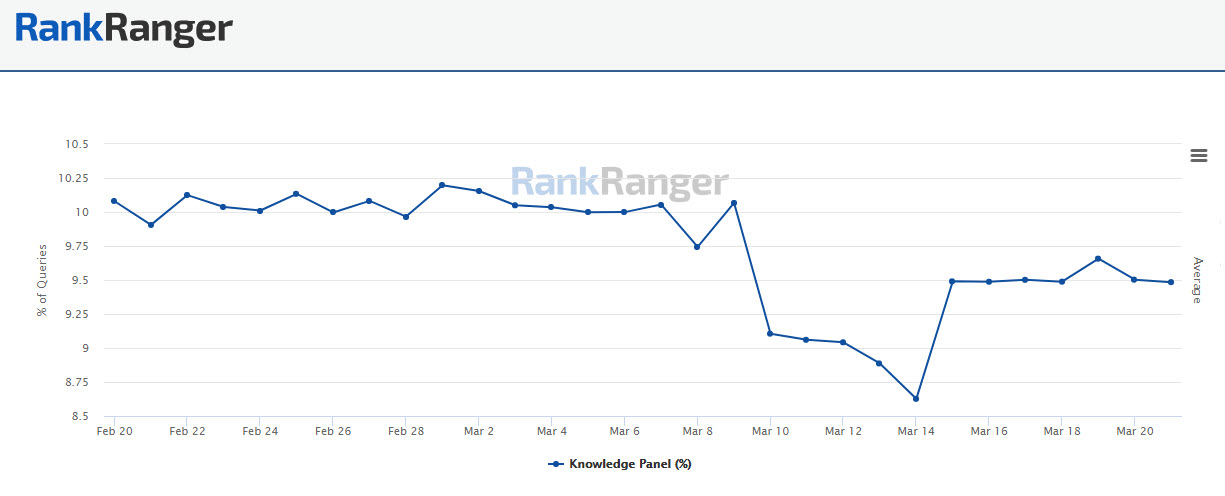
Local Pack
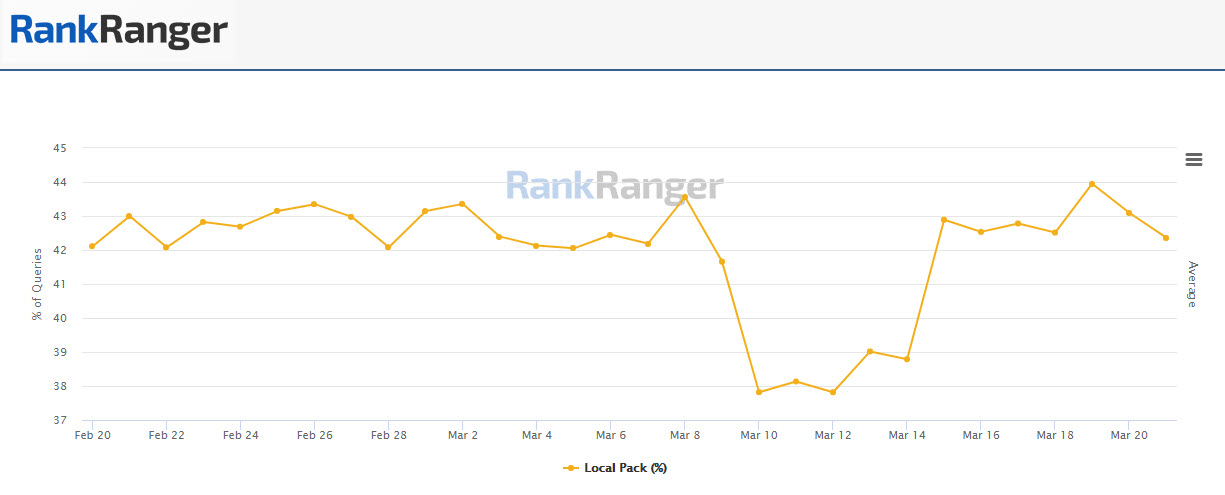
Structured Snippets
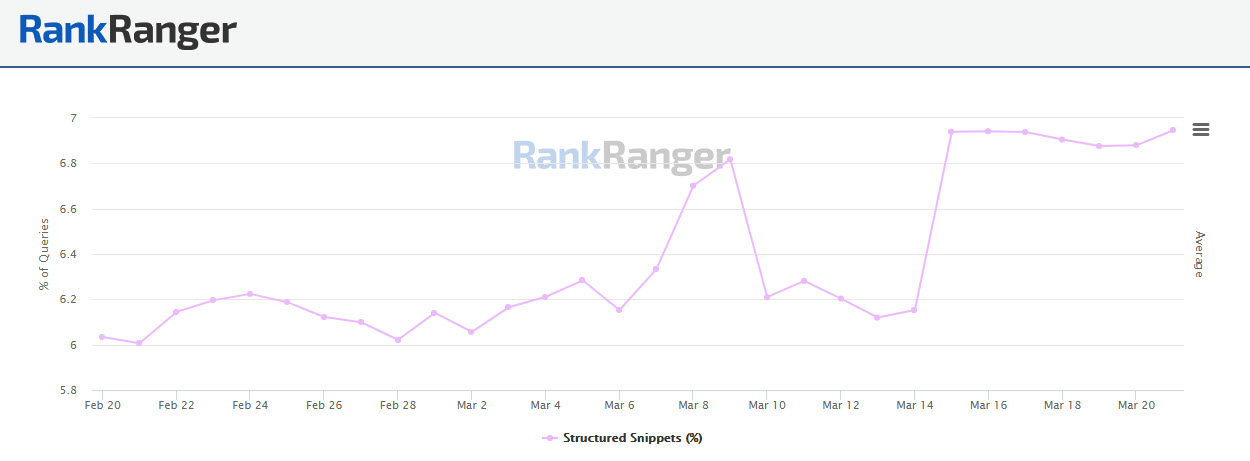
Related Search
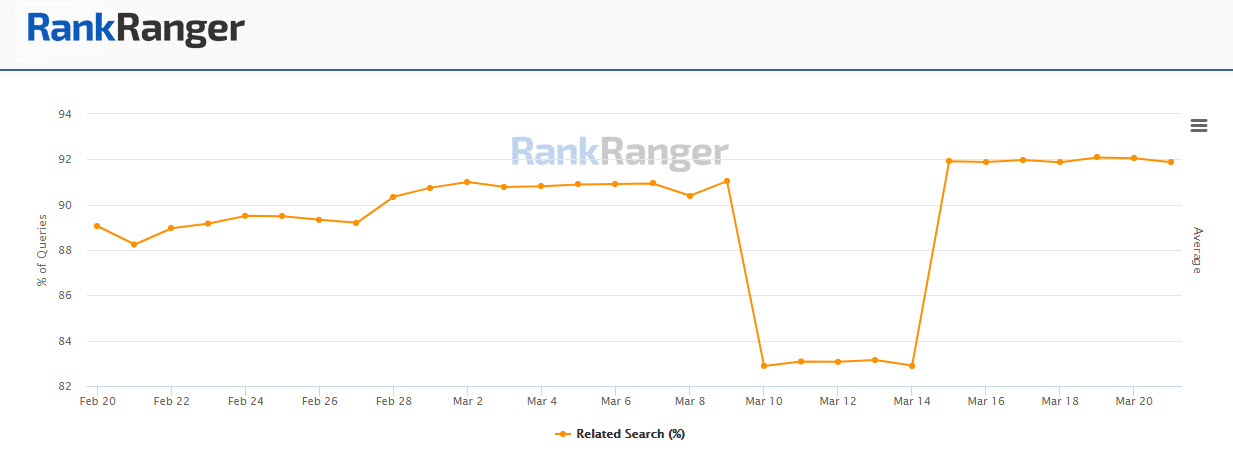
Mobile Features:
(Note, we caught the change in classifiers for some features on mobile in real-time and adjusted accordingly. As such, not all of the features shown above for desktop displayed with the same pattern on mobile. In these cases, such data is not shown below.)
Knowledge Panel Mobile
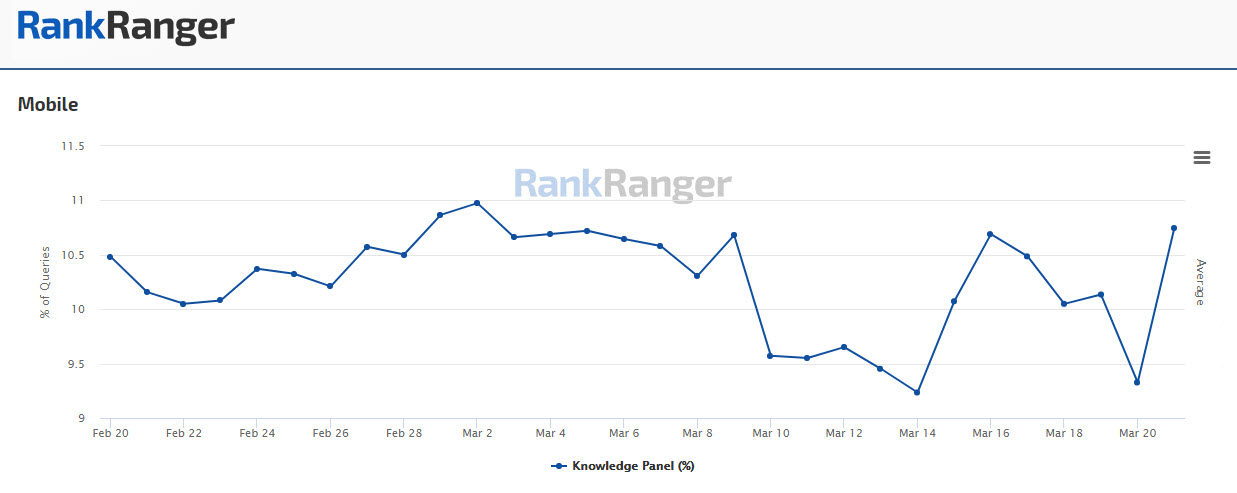
Local Pack Mobile
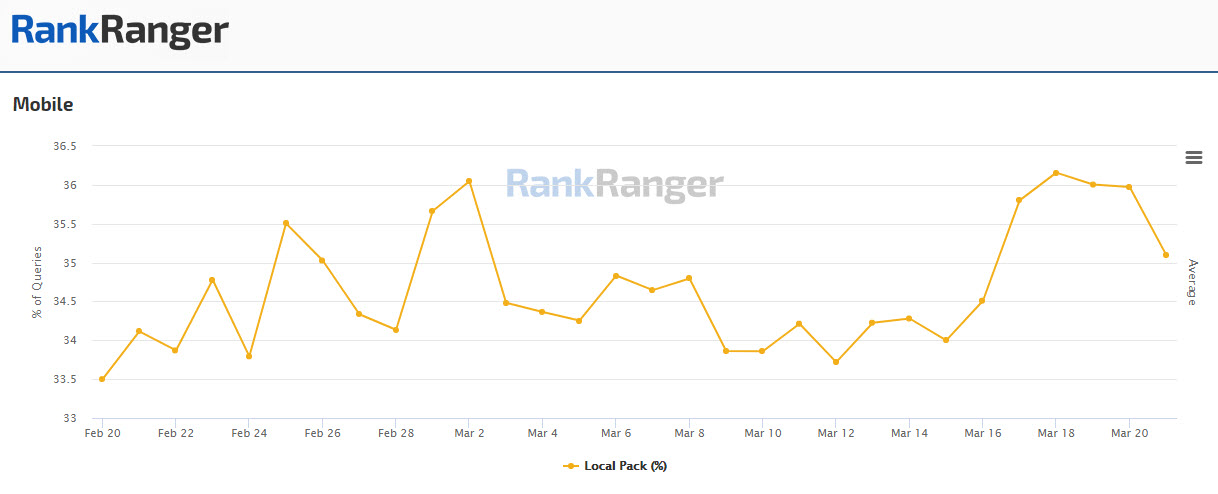
Image Thumbnail Mobile
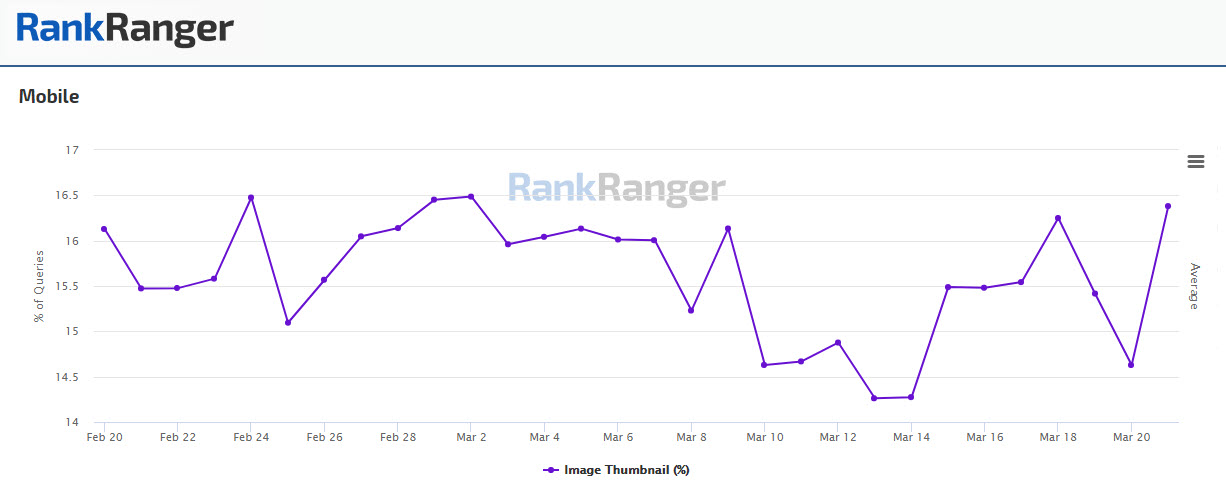
SiteLinks Mobile
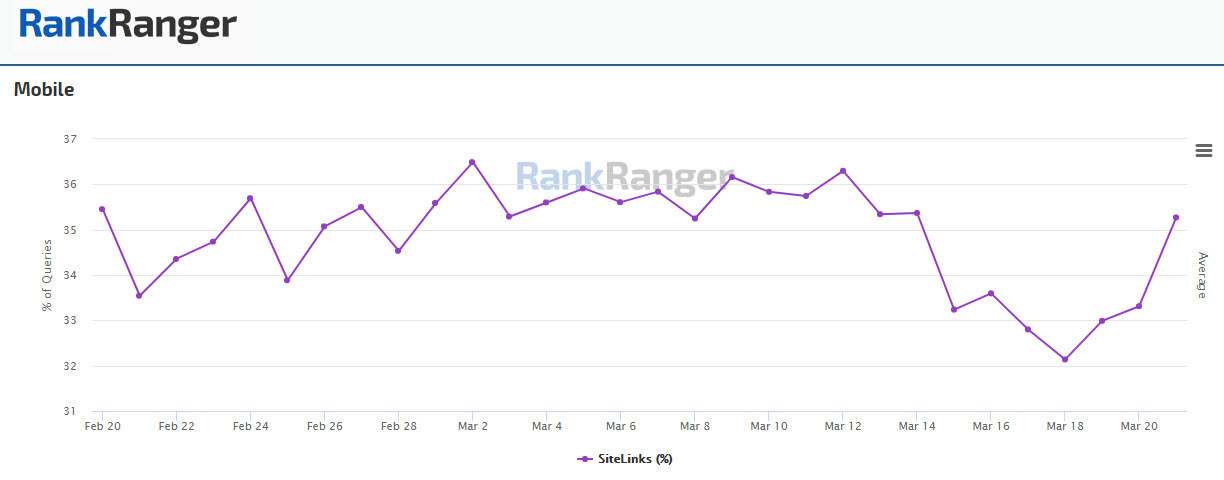
Mobile-First Roll Out or Preparation?

Is the introduction of Version 3 of the mobile (and now desktop) SERP synonymous with an impending launch of Google’s mobile-centric index? We, of course, cannot say anything with 100% certainty. Might the advent of Version 3 point to the actual release of the mobile-first index? We can’t prove it. However, there is something to the notion. Think of it like this. Version 2 of the mobile SERP did parallel the mobile-first index’s limited release. Now that Version 2 is gone, which makes more sense, that Google pulled back its initial mobile-first release or that Version 3 took it one step further? Consider that Version 3 kept the same structure as Version 2.
I will say, that if the index did roll out, that would be mighty interesting considering that Google just said that it would let sites know when they were switched over to the mobile-first index. It would also be consistent with Google’s own timeframe, as towards the end of February 2017 they announced that more sites would be put on the mobile-first index in the “coming weeks.” March 15th would fit into that timeline quite well.
Rollout or set up, one thing is certain, something major has just happened to both the desktop and mobile SERPs that naturally leads to mobile-first implementation. How accidental could that be?




